This Month in Broadcast History: October
In 1947, 75 years ago, AT&T expressed doubts about the future of video over wired networks
75 Years Ago – October 1947 – Enabled by AT&T Long Lines connectivity, network radio has flourished since the 1920s, with new affiliates being easily tied in to New York City net facilities via the phone company’s vast long distance telephone infrastructure. However, such video universal connectivity does not exist, and in the fall of 1947 the inability of this common carrier to deliver network video to stations presents a major roadblock for the rapidly growing television industry.
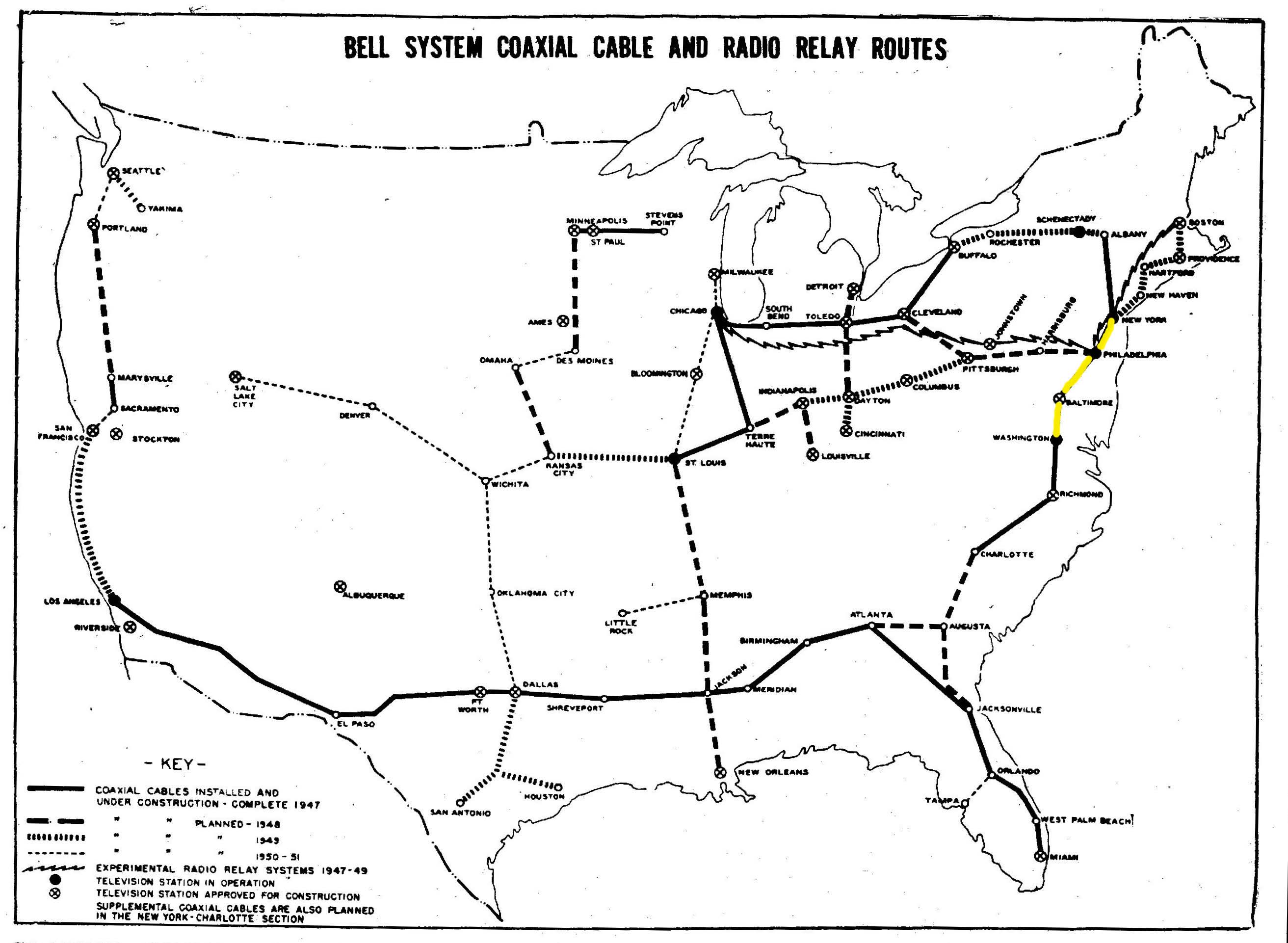
In Q4 1947, AT&T was only able to provide video service between New York City and Washington, D.C. and the three stations now on the air in Philadelphia and Baltimore. Although the company had committed to extending video service beyond these initial four east coast cities, it informed the FCC that widespread TV network linkage was still “years away.” (AT&T had apparently woefully underestimated postwar TV growth and networking demands, planning in 1944 to lay only 600 route miles of coax, a number that was later revised to 12,000 miles.)
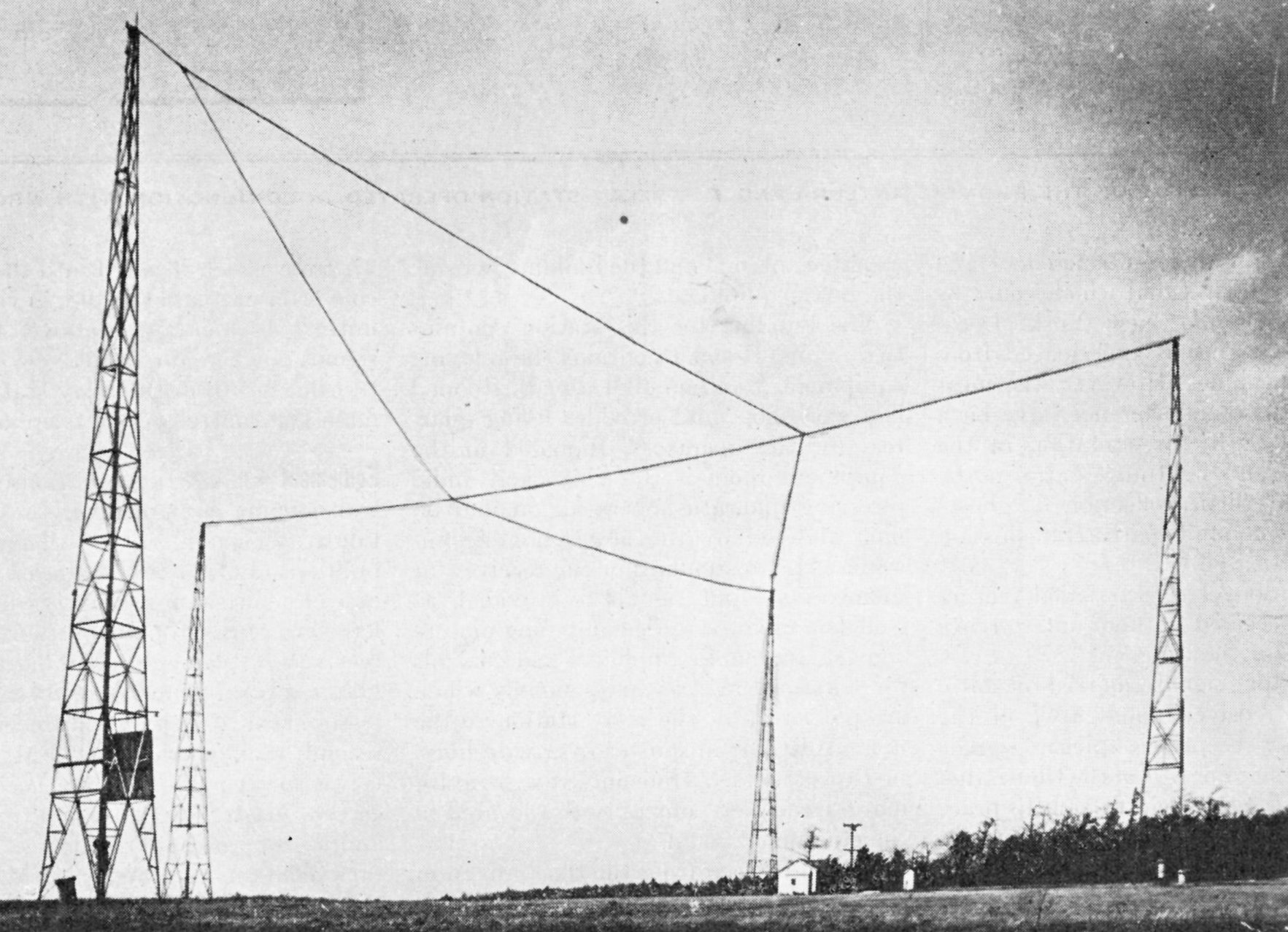
AT&T initially planned to utilize “tried and true” coaxial cable for its video network, but now was also experimenting with microwave radio as a faster deployment option. While some stations are content to receive network programming on film (kinescope recordings), others want live feds and are moving ahead with construction of their own intercity microwave systems.
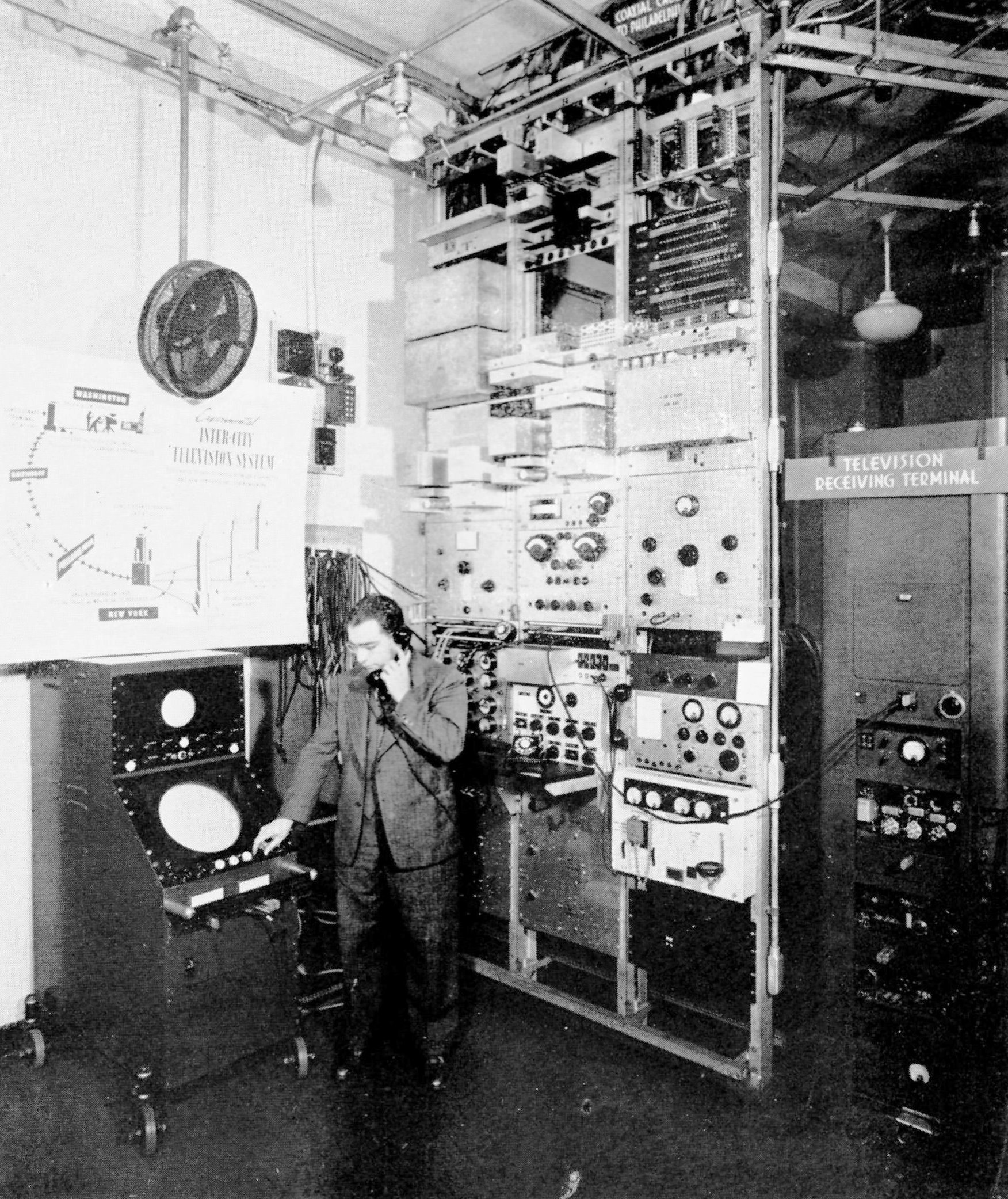
OTHER NEWS FROM TV’S PAST:
94 Years Ago, October 1928 – “The problem of color television has at last been solved,” according to a report in Radio News magazine from Ronald F. Tilman, who witnessed a recent demonstration of TV pioneer John Logie Baird’s latest breakthrough.
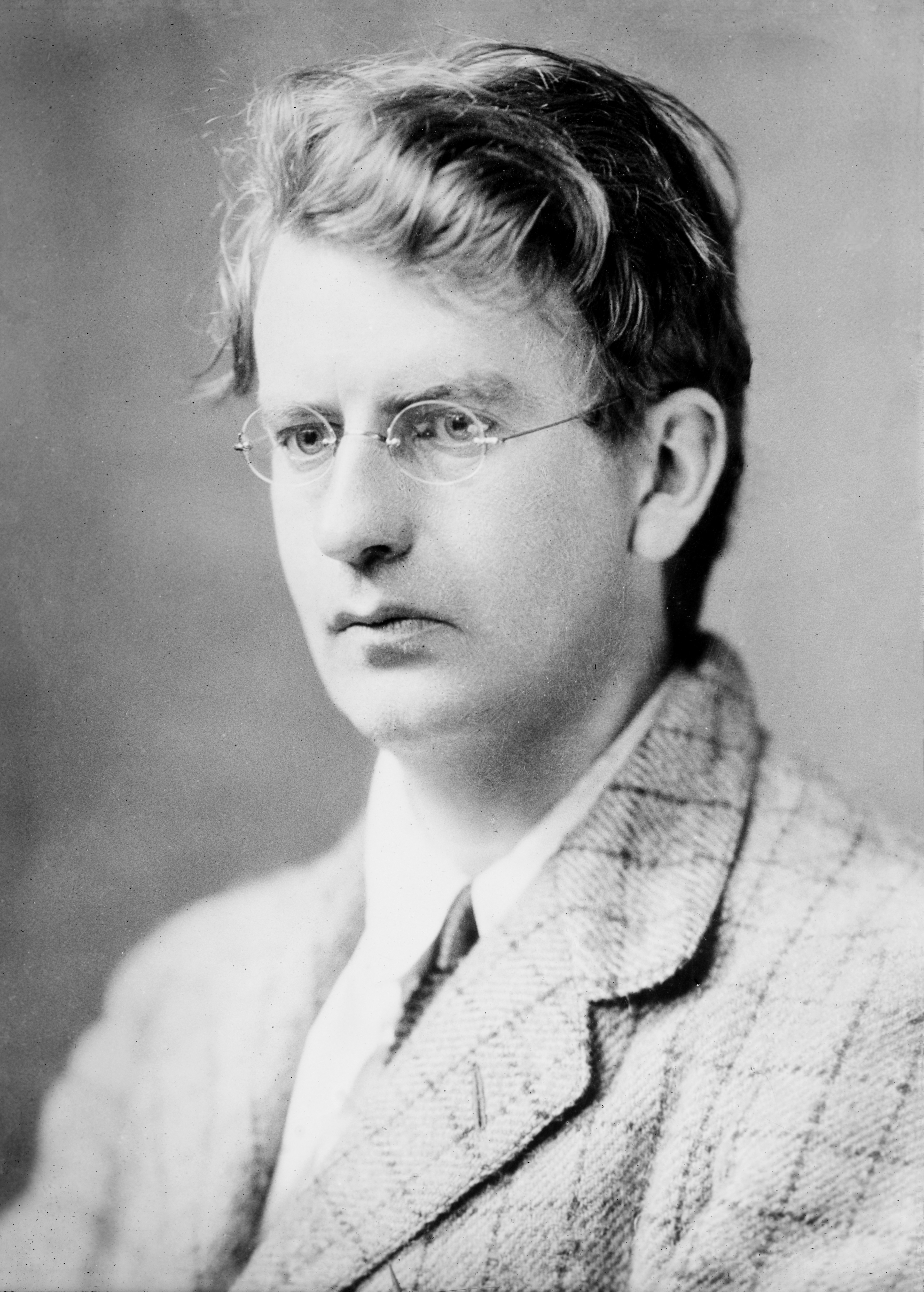
As Tilman reported: “…the vivid reality of the colorings was most remarkable, and adds very greatly to the effect. A bunch of flowers, blue delphiniums, was placed in front of the transmitter (camera) and appeared on the receiving screen in a most vivid blue. A human face was then transmitted, and when the tongue was put out, the pink color showed clearly, the face appearing in a different shade of pink…. [But] by far the most impressive part of the demonstration was a basket of ripe strawberries, the red fruit showing in an amazingly vivid fashion against the white basket.”
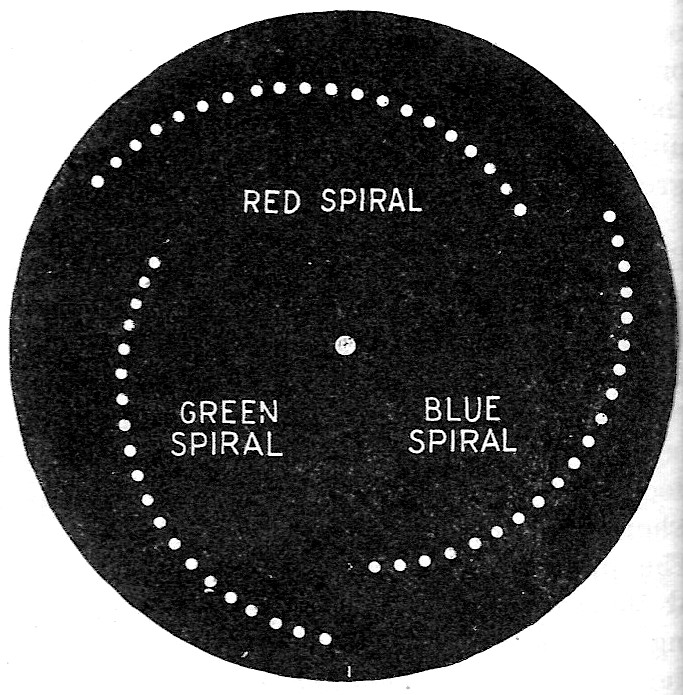
Baird’s camera used a scanning disc equipped with three rows of holes and with filters corresponding to each of the primary colors. A similar disc was used in the receiver, with red video obtained from a neon lamp and specially constructed helium/mercury vapor tubes providing green and blue fields. Complete technical parameters were not stated, but the scanning disc depicted in the report showed 20 holes (scanning lines) for each of the colors.
Get the TV Tech Newsletter
The professional video industry's #1 source for news, trends and product and tech information. Sign up below.
50 Years Ago, October 1972 – High marks are being given to the new CMX 600 videotape editing system, which allows instant adjustment to edit points and even the replacement of a single video frame. Broadcasting (now Broadcasting & Cable) magazine reported the use of the new technology in production of both a half-hour pilot and a 90-minute “made for television” movie. The pilot’s director estimated that with the use of videotape for capture and the CMX 600 for editing, delivery time for a half-hour show could be cut from the usual two weeks with film to 10 hours. The new technology could also cut production costs by as much as 25 percent.
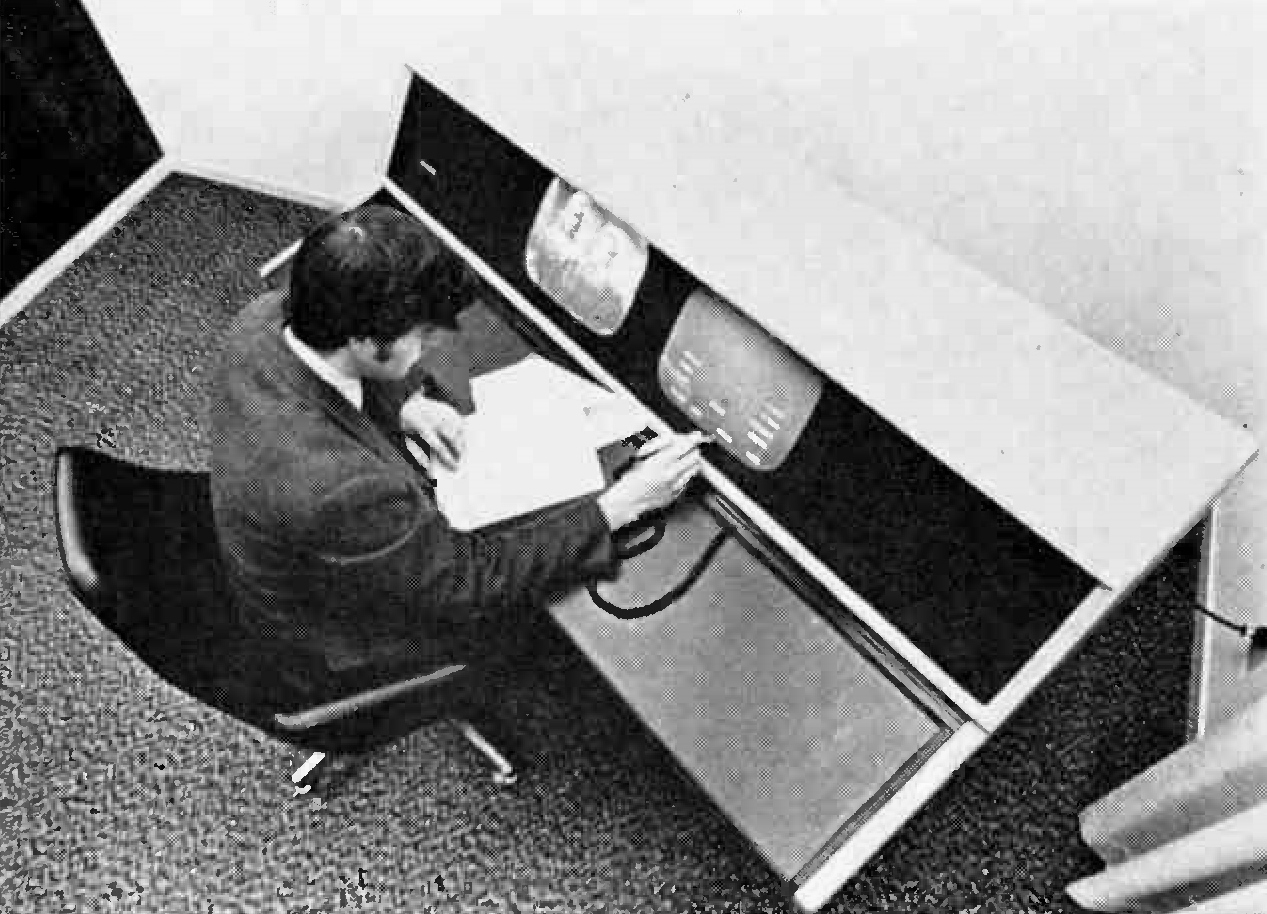
Ampex reported the first international delivery of its new ACR-25 self-loading videocassette machine to a customer in England, with shipment of the $195,000 machine (about $1.4 million in today’s money) to 18 other offshore customers to follow. (The ACR-25 had premiered two years earlier at the 1970 NAB Show, with the first production model going to a Tulsa, Okla. station three months prior to the U.K. delivery.)
25 Years Ago , October 1997 – As stations begin their digital transition, high-definition television’s future remains a bit murky, with some broadcasters considering delaying or forgoing HD altogether in favor of multicasting standard-definition program streams. Some in the industry worry that HD may never get off the ground if there is foot-dragging or digital multicasting becomes the norm.
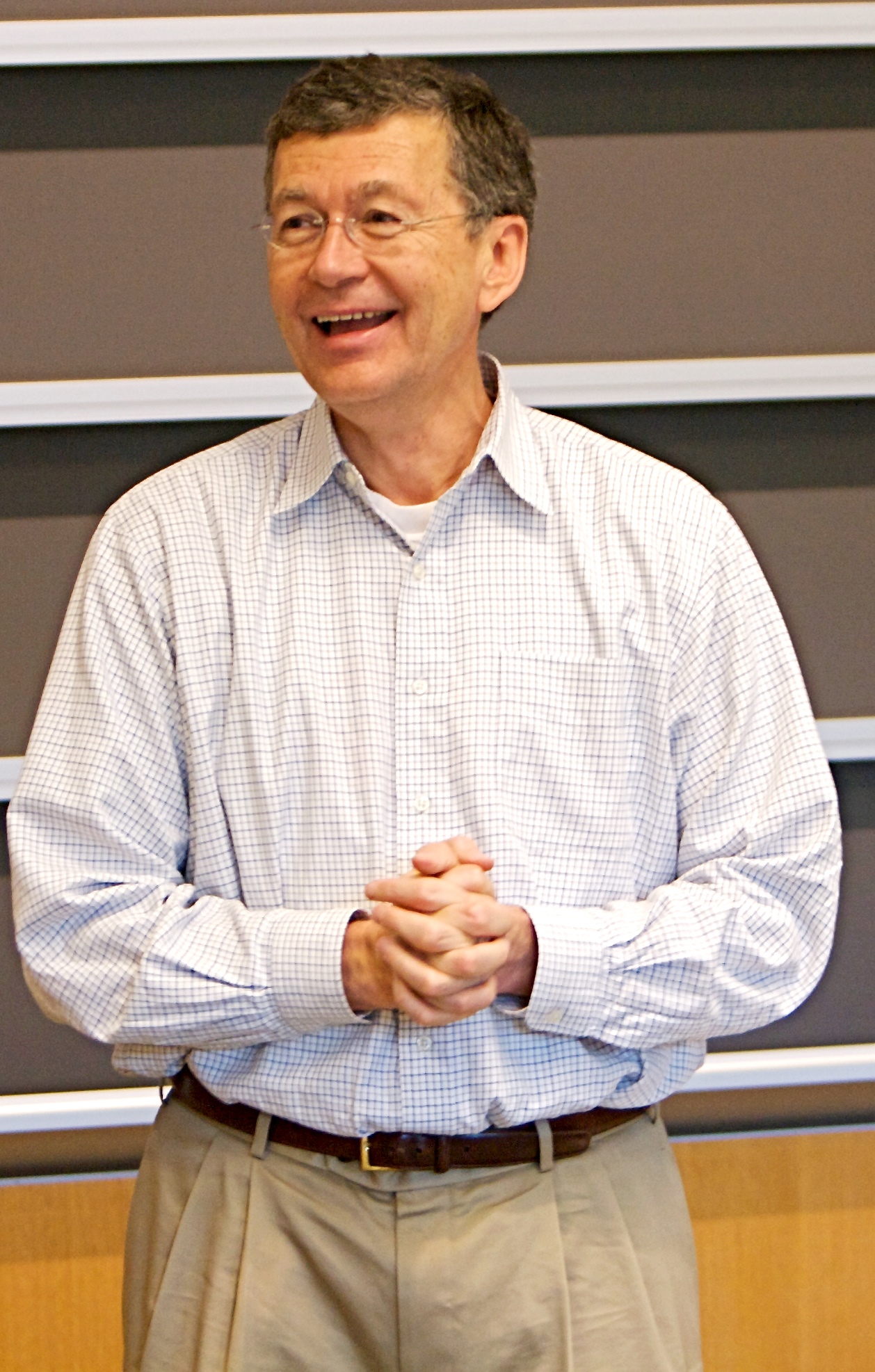
In an exclusive interview with TV Technology, outgoing FCC chairman Reed Hunt shared his thoughts about the high definition vs. multicasting schism, as well as Internet streaming, which was also just beginning to leave the gate:
“If [broadcasters] are willing to actually explore multiple channel broadcasting…and if they are willing to explore sending out data and changing the nature of the medium so that it’s extremely interesting…if they are willing to explore a fusion of broadcast digital TV with the Internet, then all of that is good for the economy and for the American people. It will provide more vehicles for public interest programming. Let it happen. Don’t tax it, try to regulate or micro-manage it. Applaud it.”
James E. O’Neal has more than 50 years of experience in the broadcast arena, serving for nearly 37 years as a television broadcast engineer and, following his retirement from that field in 2005, moving into journalism as technology editor for TV Technology for almost the next decade. He continues to provide content for this publication, as well as sister publication Radio World, and others. He authored the chapter on HF shortwave radio for the 11th Edition of the NAB Engineering Handbook, and serves as editor-in-chief of the IEEE’s Broadcast Technology publication, and as associate editor of the SMPTE Motion Imaging Journal. He is a SMPTE Life Fellow, and a Life Member of the IEEE and the SBE.
